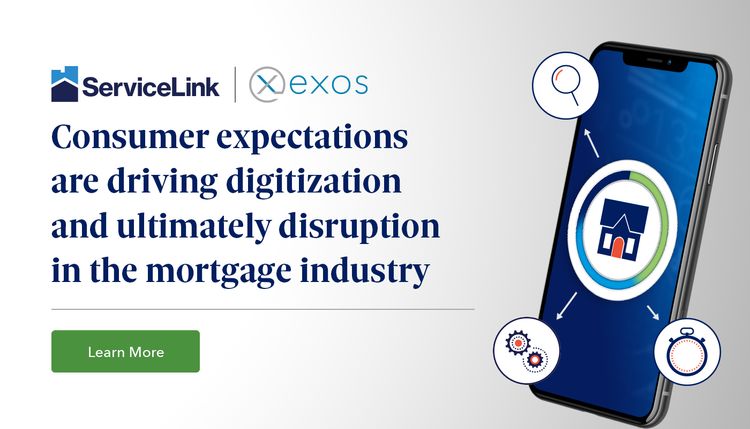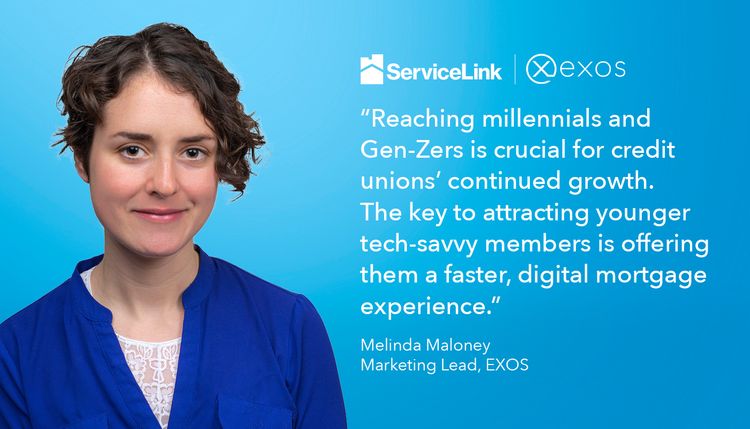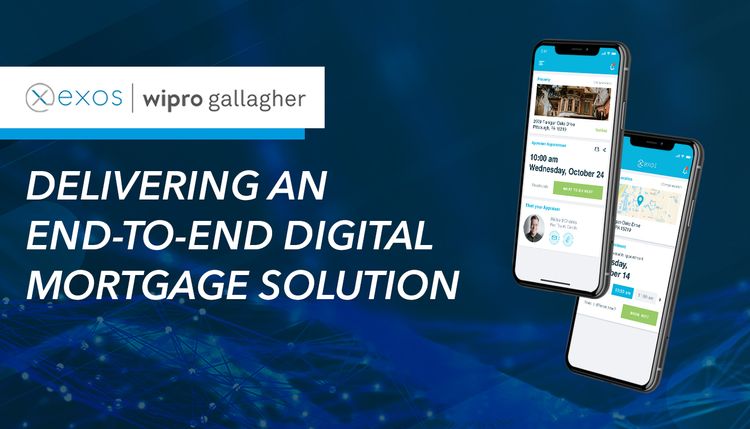With mortgage applications up and mortgage rates down, more Americans are realizing the dream of home ownership. But the path to becoming a homeowner can be vastly different, depending on how and where the mortgage process originates. New entrants into the mortgage space are changing business models and challenging the status quo with the goal of delivering a faster, more transparent mortgage experience. Traditional lenders should take notice of which pain points new entrants address and what types of technology they use – and consider reevaluating their approach to keep up.
“Today’s mortgage landscape is full of new digital technologies and services that go well beyond just giving consumers increased access to information,” said Kiran Vattem, Chief Digital and Technology Officer at ServiceLink. “The focus has shifted to providing innovative solutions that speed up processes and provide new avenues for smoother consumer-focused transactions.”
Consumer expectations are driving digitization and ultimately disruption. Financial products from non-traditional players like iBuyers, digital banks and fintech lenders are gaining traction due to lower costs, ease of use and quicker service. Find out how these disruptors have enhanced the consumer experience, and what traditional lenders can learn from them.
Buying on the Fly
Home buying and selling can be complicated, expensive, lengthy and plagued by uncertainty. iBuyers offer the market a quicker and cheaper alternative by buying homes directly from the sellers - with cash - and without requiring repairs, warranties or even a real estate agent. The homeowner gets the cash and the iBuyer gets the property, usually slightly below market value.
iBuyers were responsible for up to six percent of the total number of homes sold in Phoenix in 2019. That’s about 1,000 a month. While iBuyers are only active in select markets across the country, authors of the article, “3 Crazy Ways Real Estate Could Change Next Decade” see this as a trend that’s gaining major momentum. “It’s not inconceivable that in a decade or so Zillow, Opendoor, Offerpad and Redfin - plus whatever new companies join the party over the next few years could build up a serious share of the real estate market.” 1
As Michael DePrete noted on the Marketplace Tech podcast, iBuyers may be uniquely suited to buyers accustomed to social distancing. He says, “They can enable consumers to transact the house without interacting with somebody else. If you want to buy a home from an iBuyer, because they own those homes, they’re empty. You can go visit them, you can tour it on your own. You don’t even have to go with a real estate agent.”2
iBuyers remove many of the complexities of a traditional mortgage-backed transaction. The biggest concerns about the home buying process include length of the buying and selling process, lack of transparency and a reliance on manual processes.3 In fact, one study shows that 76 percent of sellers would lower the price of their home if it meant they could avoid agent commissions, inspections and repairs. This statistic shows the price borrowers put on simplicity and ease. If traditional lenders can show they can remove the friction associated with manual processes, they will continue to compete in this new mortgage ecosystem.
Digital Banks
In addition to the rise of iBuyers, lenders have another entrant with which to compete: digital banks. They exist exclusively on apps or other portals but provide a modern, digital approach to accessibility and services. Unlike their counterparts, digital banks do not have physical branches, legacy operating systems or high overhead. For those reasons, they are generally able to adapt to market changes and offer more competitive rates.
Already popular in Australia and making strides in the U.S., Digital Banking Report4 put it this way: ‘the future of banking will feel more like the experiences delivered by non-financial firms such as Google and Amazon.’
To keep pace with their digital competitors, traditional banks need a strong digital strategy – while also giving borrowers the opportunity for in-person interaction. Adobe Analytics reports 72 percent of Gen Z borrowers visit a branch at least monthly — the highest of any age group. Millennials are second at 60 percent.5 Combining their existing infrastructure with an innovative tech stack will allow traditional lenders to compete with neobanks.
Fintech Emergence
Since their general emergence in 2010, fintech lenders have been another growing sector of the mortgage industry. A 2018 report from the Federal Reserve Bank shows that fintech lenders have grown so much that they account for eight percent of the total origination market.
Known for the speed with which they can move an application through to closing, fintech lenders can generally reduce processing time by ten days6 and tend to be more agile when it comes to market fluctuation. Tech partnerships focused on streamlined processes and delivering a digital consumer experience can help traditional lenders keep up.
Positioned for the Future
The majority of top U.S. banking institutions currently offer online mortgage application portals and document upload capabilities, but more is needed to keep pace with new competitors in a market that is quickly evolving. As fundraising for and investment in these digital technologies continues, the time is now to survey and evaluate the competitive landscape.
“It’s not enough for banks and traditional lenders to just know about these so-called disruptors, but to determine how they add value to this new and changing lending ecosystem,” said Vattem. “Identifying goals and solid industry partners will help better position them for the future.”
ServiceLink’s EXOS Technologies has set new standards for market and consumer expectations in the digital mortgage space. Leveraging leading technologies like AI, data analytics and machine learning, EXOS provides increased visibility into all aspects of the transaction while shortening turn times and closing timelines. Already used to process hundreds of thousands of transactions, EXOS is positioned to extend the digital experience for lenders and consumers.
For more information on EXOS, please visit: svclnk.com/exos.


